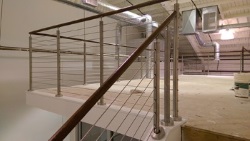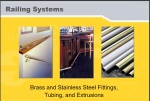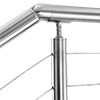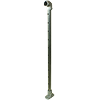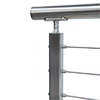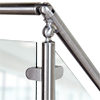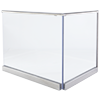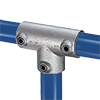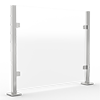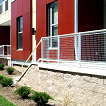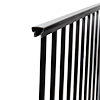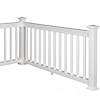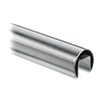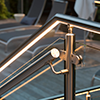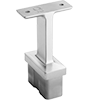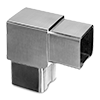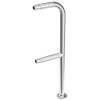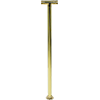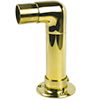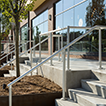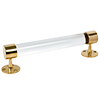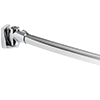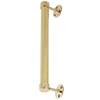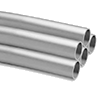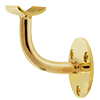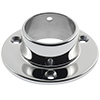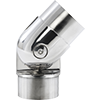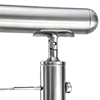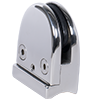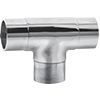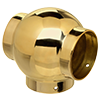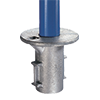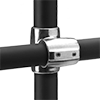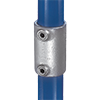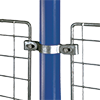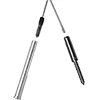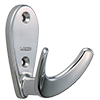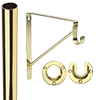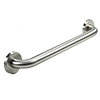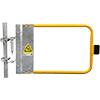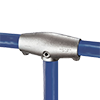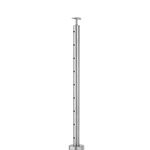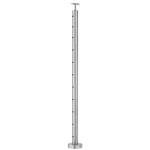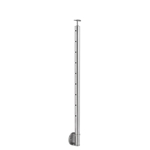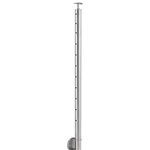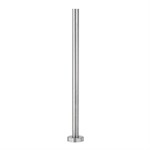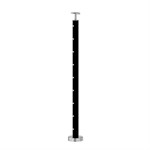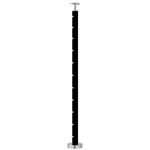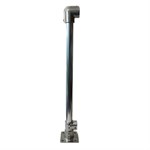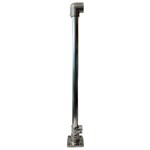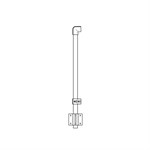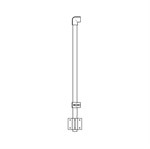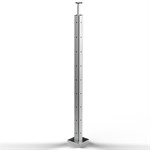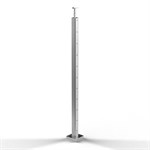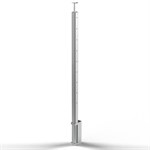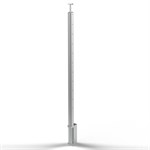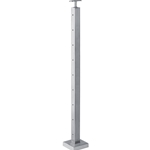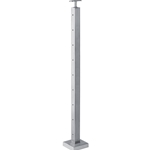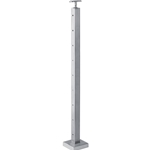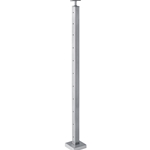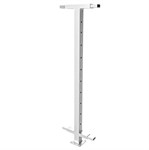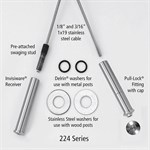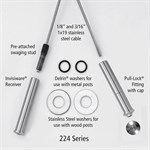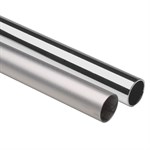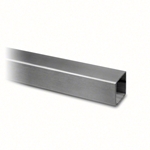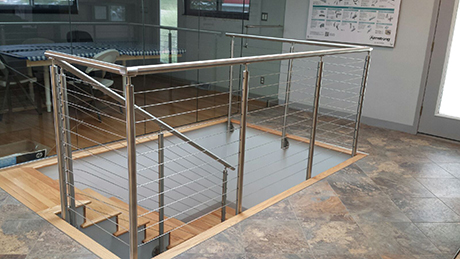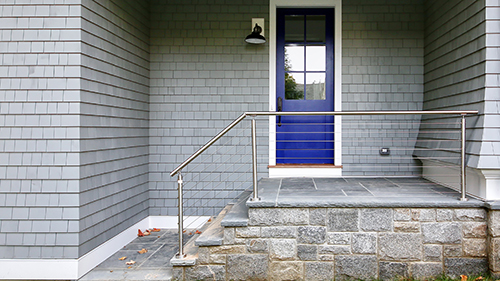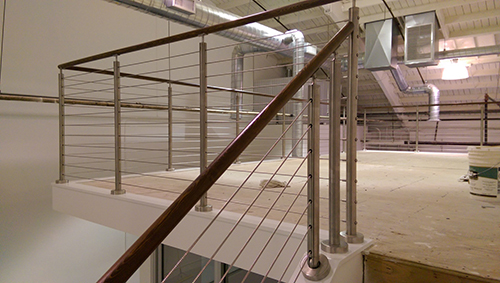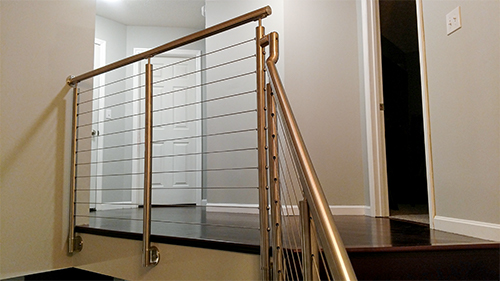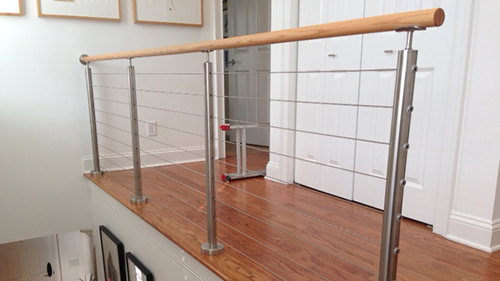Unparalleled views. Stenciled in the sleek parallelism of steel lines.
The ultra-modern look of stainless steel paired with uninterrupted views made by the streamlined geometry of parallel cables is what makes cable systems a sought-after choice for railing projects. Integral to this architectural sophistication is our selection of sleek, sturdy and elegantly crafted Stainless Steel Posts made from high-strength, 316-grade stainless steel. Clean design and engineered proportionality make for a great DIY installation. The result is a pristine looking railing system that requires little maintenance and lasts for years. It should be noted that while stainless steel is stain resistant, it is not 100% stain proof. This needs to be considered for any installation within proximity to a water source - ocean, lake, river, pool, etc. - please refer to Library section - Material Care & Maintenance.
Features
- Precision drilled square-line and round post forms in a variety of concealed mounting options.
- Made from superior 316 Marine-grade stainless steel that can endure harsh environments.
- Modern, finely brushed or classic polished chrome finishes – long-lasting and tarnish resistant.
- Install metal or wood handrails of your choice. Our square-line and round tube rails match superbly.
- Cable Kits + hardware made from strong, weather-resistant 1/8" & 3/16" stainless steel cable.
What You Need to Know About Stainless Cable Railings
Stainless steel cable railings are constructed by running metal wires between rail posts, and can be used for both indoor and outdoor railing needs. Typically, stainless steel cable railings cost about double the price of normal railings, and their high cost means they are sometimes overlooked as an option for architectural and industrial projects. However, the durability, flexible design and sleek aesthetic of stainless cable options provide a value that’s worth the price tag.
Benefits of Metal Railing Posts & Stainless Cable Railings
Metal cable railing posts are highly durable, and require very little maintenance. Unlike wood or glass railing parts, the components of stainless cable railings don’t get dirty easily, and they’re highly resistant to wear and tear, even when placed outdoors. One important benefit of metal cable posts vs. wood posts is that the metal posts are less susceptible to bending when subjected to changes in weather/humidity. Most cable railing posts are constructed with 316 stainless steel, which can outlast most other railing types, meaning you’ll spend less time fixing or replacing railing parts.
Stainless steel railings also add a modern touch to your home or office. Because of their sleek, open design, stainless railing systems are also great for open-concept homes, and those who want to add the illusion of extra space to areas with stairs. Looking at railing systems for your terrace, deck or porch? Cable railings are a perfect choice, offering an unobstructed view for you and your guests.
Stainless Cable Railing Requirements
All railings for residential and commercial spaces must meet requirements set out by construction laws. The main issue concerning cable railing systems has to do with tension. In the U.S., most building codes require that spaces in a railing must be small enough to prohibit a 4-inch sphere from passing through. Unlike glass panels, or wood and metal posts, steel cables have to be stretched to create tension, which gives the cables their rigidity. It is essential to stretch the cable components of your stainless steel cable railing properly, to ensure that objects larger than 4 inches (specifically, body parts), can’t accidentally slip through the railing.
Before constructing a stainless steel railing in your home or office, you should also make sure that it will also meet requirements for railing height. Residential cable railing posts are required by most states to be at least 36 inches high, while commercial cable railing posts need to meet a 42-inch height requirement according to the International Building Code.
Horizontal vs. Vertical Stainless Steel Cable Railing
When you use a cable railing system, you can choose between horizontal or vertical styles. However, horizontal cable railings come with a catch. Because small children sometimes like to climb on the railings, many jurisdictions don’t allow for the use of horizontal railing styles as a safety precaution. Similarly, horizontal railings may be a detriment to your home resale value, especially if you live in an area that attracts young families. Vertical cable railings offer the same sleek look as horizontal ones, and are generally easier to install. So if you’re on the fence about railing orientation, vertical cables are the obvious choice.




